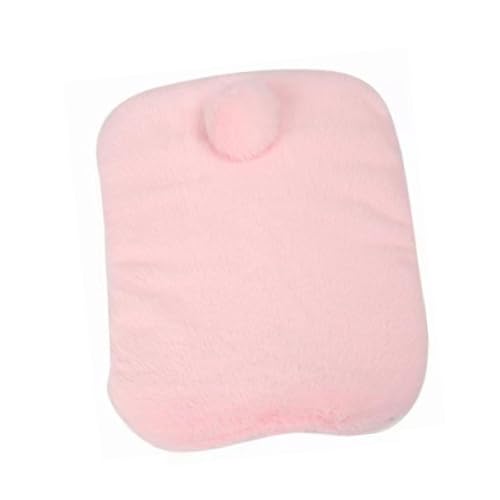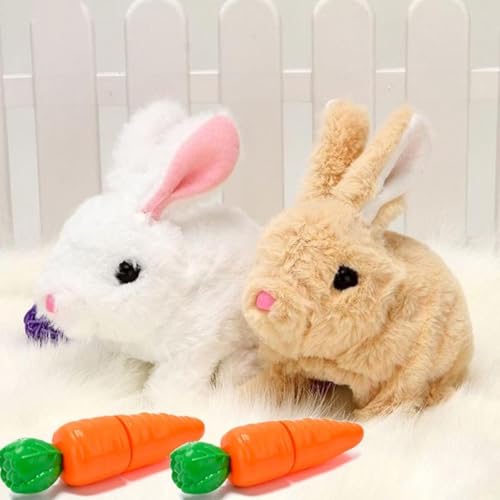pamnock
Well-Known Member
Carolyn wrote:
Generally, no -- you shouldn't be able to feel the spine. Ina thin rabbit,the spinewillbe the most visible indicator of being underfed or a rabbit looking very "hollow" in the flank area.
The rib cage can be difficult to discern, even in an underfed rabbit.
Flabby skin can indicate obesity as can a very rounded "rolly polly" look.
A rabbit can be under fedand still have adistended stomach. Protein deficiency is one cause of a bloated belly as well as parasites or other health problems.
The rabbit being wider than it is deep (high) may also be another sign of being overweight.
The following is an excerpt from:http://www.vetmed.wsu.edu/ClientED/bunny.asp
"To tell if your rabbit is obese is sometimes not easy. Look at the rabbit from the top. It should be pear shaped, not shaped like an apple with a head. If the dewlap is large enough that it touches the rabbit's elbows when it is sitting up, it is obese. If you see extra skin that touches the ground around the back end of the rabbit, it is obese. You should be able to feel the rabbit's ribs without seeing them. Rex rabbits are particularly prone to becoming fat. A rabbit that is too fat also has difficulty grooming itself and you may have the joy of cleaning your rabbit's rear end frequently to prevent conditions called urine scald (where the urine that the animal can not clean off his fur, burns the skin underneath) and fly strike (where the feces that can become matted in the fur attracts flies which lay their eggs). You then get maggots eating the unhealthy flesh of your rabbit's behind. "
(Actually it's easier to tell when a rex rabbit is fat due to the fact that its fur is so short)
Generally speaking, should you be able to feel the spine?
Generally, no -- you shouldn't be able to feel the spine. Ina thin rabbit,the spinewillbe the most visible indicator of being underfed or a rabbit looking very "hollow" in the flank area.
The rib cage can be difficult to discern, even in an underfed rabbit.
Flabby skin can indicate obesity as can a very rounded "rolly polly" look.
A rabbit can be under fedand still have adistended stomach. Protein deficiency is one cause of a bloated belly as well as parasites or other health problems.
The rabbit being wider than it is deep (high) may also be another sign of being overweight.
The following is an excerpt from:http://www.vetmed.wsu.edu/ClientED/bunny.asp
"To tell if your rabbit is obese is sometimes not easy. Look at the rabbit from the top. It should be pear shaped, not shaped like an apple with a head. If the dewlap is large enough that it touches the rabbit's elbows when it is sitting up, it is obese. If you see extra skin that touches the ground around the back end of the rabbit, it is obese. You should be able to feel the rabbit's ribs without seeing them. Rex rabbits are particularly prone to becoming fat. A rabbit that is too fat also has difficulty grooming itself and you may have the joy of cleaning your rabbit's rear end frequently to prevent conditions called urine scald (where the urine that the animal can not clean off his fur, burns the skin underneath) and fly strike (where the feces that can become matted in the fur attracts flies which lay their eggs). You then get maggots eating the unhealthy flesh of your rabbit's behind. "
(Actually it's easier to tell when a rex rabbit is fat due to the fact that its fur is so short)









































































